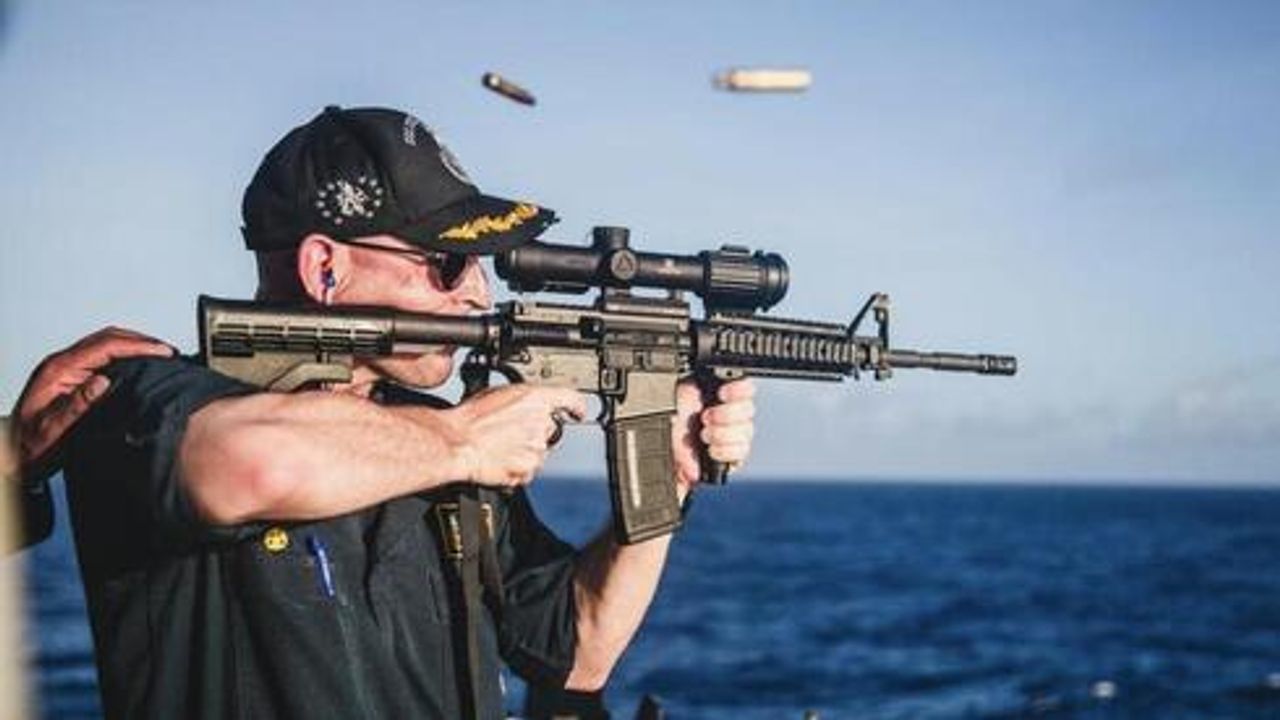The controversy began when a photograph surfaced showing the commanding officer of the destroyer USS Paul Hamilton posing with a rifle scope mounted in the wrong direction. The image, which was shared on social media, sparked a wave of criticism and concern regarding the officer’s adherence to proper military protocols and safety procedures. The photo, depicting a scope aimed backward on the rifle, was perceived as a serious breach of standard operating procedures and safety regulations.
Following the public outcry and internal review, the Navy decided to take disciplinary action. The decision to relieve the commander of his duties underscores the Navy's commitment to maintaining high standards of professionalism and operational excellence. The image's circulation prompted an investigation into the incident, which examined the implications for both safety and leadership within the Navy.
In a statement addressing the situation, the Navy emphasized that the action taken was part of a broader effort to uphold the standards expected of its officers and ensure the safety and effectiveness of its operations. The Navy’s statement also reiterated the importance of maintaining proper conduct and adherence to established protocols, particularly in high-stakes environments where precision and professionalism are critical.
The relieved commander has faced considerable scrutiny as a result of the incident. The backward rifle scope incident not only raised concerns about individual responsibility but also sparked a broader discussion about leadership and accountability within the military. The Navy’s response reflects its commitment to addressing issues promptly and ensuring that its personnel meet the highest standards of conduct.
This incident has also prompted discussions about the broader implications for military discipline and the processes involved in addressing such issues. Critics and observers have debated the appropriateness of the Navy's response and the message it sends about handling misconduct and maintaining standards.
As the Navy moves forward, the focus will likely remain on reinforcing the importance of adherence to procedures and the consequences of failing to meet established expectations. The decision to relieve the commander serves as a reminder of the rigorous standards required in the military and the ongoing need for vigilance in upholding those standards.
The incident has had a significant impact on the affected personnel and the broader Navy community. It highlights the challenges of managing discipline and maintaining operational integrity while addressing public and internal concerns. The Navy’s actions reflect its commitment to upholding professionalism and ensuring that all personnel adhere to the highest standards of conduct.













